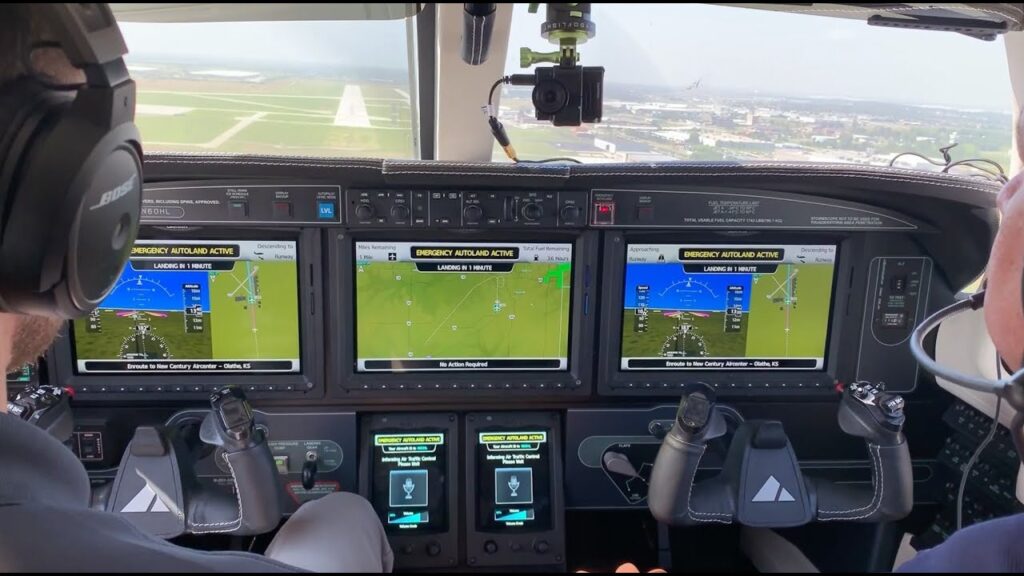Aerospace Aerospace news Airplane News Aviation news Avionics Business News Consumer News Economic News Finance News International News News Private Aircraft News stock stock news transport Transportation Transportation News travel
Garmin Autoland Achieves EASA and FAA Certification on Daher TBM 940
Garmin International Inc., a unit of Garmin Ltd. (NASDAQ: GRMN), today announced European Aviation Safety Agency (EASA) and Federal Aviation Administration (FAA) certification of Autoland in the Daher TBM 940. The Garmin Autoland system is available as…
